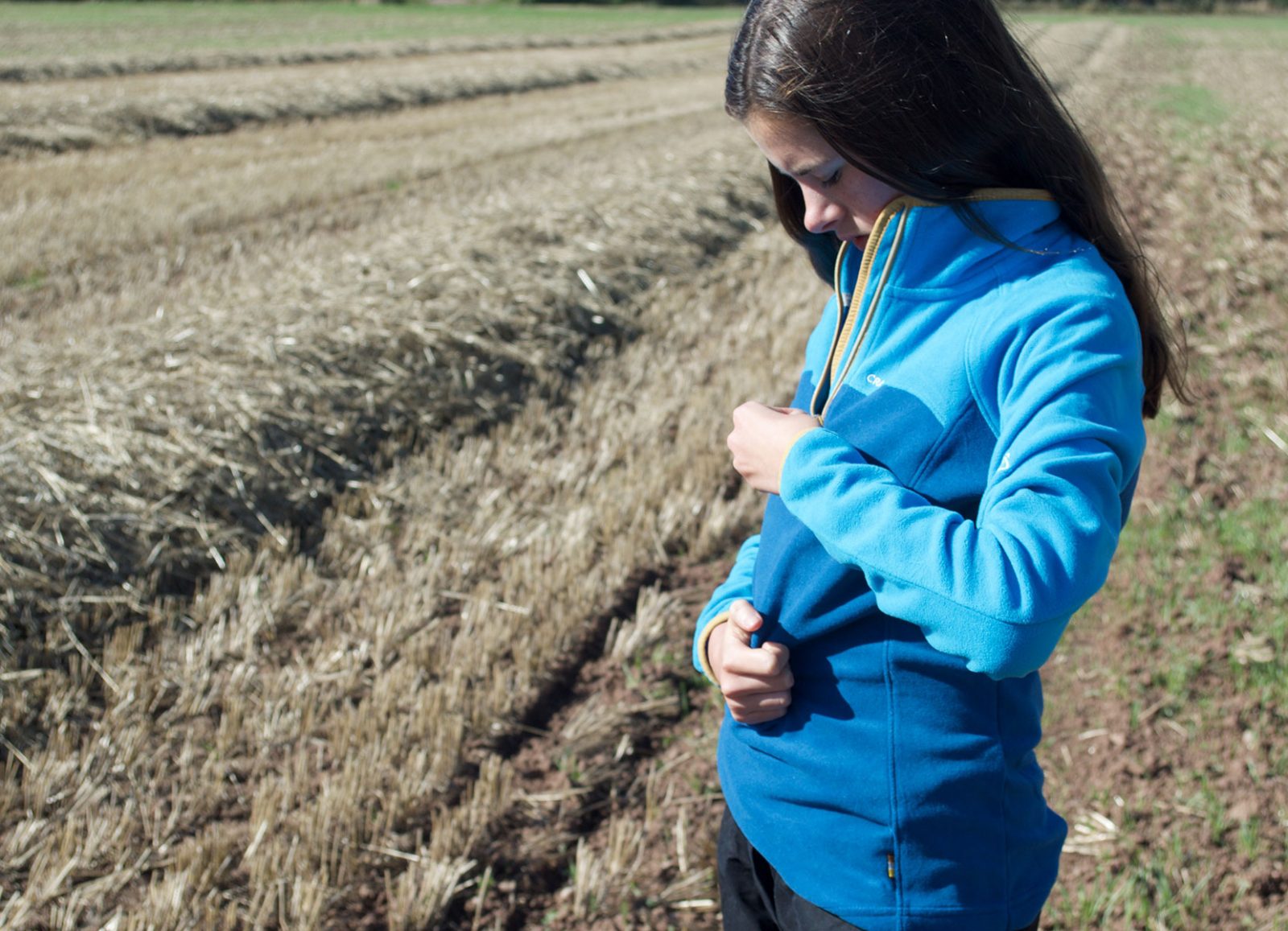How to use The Layering System

If you’re planning what to wear on a cold winter walk, it can often be tempting to pick out the warmest, biggest jacket you own. However, this isn’t always the best solution – despite being the most obvious – and it is even more important when planning for your expedition. The most effective way to lock in warmth is to wear several different thinner layers, which can then be added or removed, dependent on the weather.
Throughout this blog post, we will run you through the key components of the layering system, so that you can put this advice into practice for your next expedition.
When you should use The Layering System
The layering system is best practice when walking in the great outdoors and during expeditions, where weather can be unpredictable. You need to be prepared for every eventuality, whether you’re embarking on your Bronze, Silver, or Gold DofE Award, the layering system is a great tool to ensure you protect your body from the elements and keep your core body temperature at an ideal level throughout.
The Wicking Layer
The wicking layer is the item of clothing that will rest directly against your skin. This will both ‘wick’ away moisture from the skin and help to regulate your temperature.
Wicking fabric is lightweight and quick drying – think sportswear and technical t-shirts – and cotton tops should be avoided.
When dressing for an expedition, you should ideally wear a technical t-shirt; this will move body moisture and sweat away from the skin, keeping you dry and ensuring heat is locked in.
The DofE approved Fusion T-Shirt is constructed of a wicking, quick-drying fabric for day-long comfort.
The Mid Layer
The main use of a mid layer is to provide you with insulation. Combined with your base layer, the mid layer will direct your body heat back into your body and also prevent cold air from cooling you down too much.
Use a thin fleece or softshell jacket to keep in as much heat as possible and block out the wind. Fleece is flexible when moving and walking and easy to carry when you need to cool down.
A lightweight, technical fleece hoody, the Vector Jacket is ideal for keeping the chill off when you need to stay focused on the trail.
The Waterproof Outer Layer
To ensure that you’re kept dry in sudden and unexpected weather changes, a reliable waterproof jacket is an absolute essential. For a DofE Expedition you will be outside continuously so choose your waterproof carefully.
Make sure it will keep you effectively dry – not just showerproof or water resistant. Your outer layer will also ensure that all of the heat from the wicking base and mid layer will not be lost should you get caught in a sudden downpour or have a drop in temperature.
Practical and lightweight, the Apex Jacket is engineered for weather-beating performance.
By using the layering system, you will be prepared for a wide range of weather conditions and temperatures. You’ll be able to successfully avoid overheating. On any expedition, we’d always also recommend you bring a sturdy rucksack to store any layers you need to shed, the warmer you get.
The UK weather is changeable wherever you are so by using the layering system you are well prepared for rain, wind, cold and the sun! Pack your layers in the top of your rucksack for easy access to layer up and down as temperatures will change on expedition depending on terrain, time of day and more.


